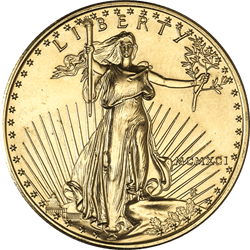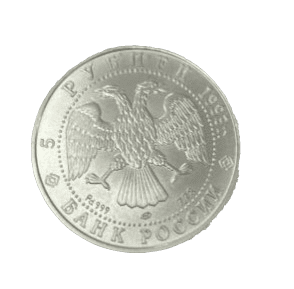Description
Palladium Russian Ballerinas are an extremely popular palladium coin produced by the Moscow Mint from 1989 to 1995, making it one of the oldest official palladium coin designs. The obverse of the coin will vary, containing one of a few potential ballerina designs. The coin’s reverse includes the ruble face value, the nation of issue, and the hammer and sickle of the Soviet Union. Even after the Soviet Union’s dissolve in 1991, later Ballerina coins continued to use the hammer and sickle design while labeling the nation as the Soviet Union. All coins contain .999 pure palladium.
Russia is home to one of only four major natural deposits of palladium known in the world. The Norilsk Complex is located in Krai, Russia, and is situated above the Arctic Circle. The other major deposits of palladium found around the world include the Transvaal Basin in South Africa, the Stillwater Complex in Montana, USA, and the Sudbury Basin and Thunder Bay District in Ontario, Canada.
Palladium is the worlds rarest major precious metal. When the Soviet Union introduced the Russian Ballerina Series, it was a natural fit for a nation with some of the only major palladium reserves in the world. The collection showcased the beauty and power of the ballet, a central piece of Russian culture.
Obverse design elements on the 1/4 oz Proof Russian Palladium Ballerina Coins include elegant dancers. The design of the ballet dancer on this face of the coin changes with each date mark in the series, creating the perfect collectible coin.
Reverse features of the 1/4 oz Proof Palladium Ballerina Coins include the denomination of the coin, as well as the hammer and sickle of the Soviet Union. While the coins were issued from 1989 to 1991 for the Soviet Union, the series continued from the newly-formed Russian Federation from 1992 to 1995 as well and included the same hammer-and-sickle images.

















